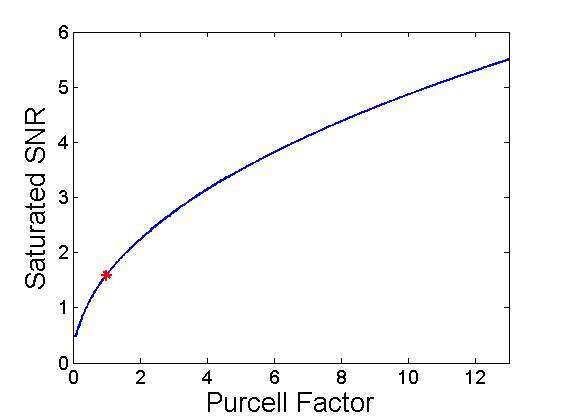
Proposal for Plasmonically-Enhanced Optical Spin Readout of Nitrogen-Vacancy Centers in Diamond
Nitrogen-Vacancy (NV) color centers in diamond have emerged as promising quantum solid-state systems, with applications ranging from quantum information processing to magnetic sensing. One of the most useful properties of NVs is the ability to read their ground-state spin projection optically at room temperature. In our work we study theoretically plasmonic enhancement of the NV optical coupling, and find parameters for optimal Signal to Noise Ratio (SNR) of optical spin-state readout. We find that a combined increase in spontaneous emission (through plasmon-induced Purcell enhancement) and in optical excitation could significantly increase the readout SNR.
Based on the dynamics of the system’s rate equations we find that there is an optimal radiative decay rate which maximizes the SNR for given excitation rate and measuring-pulse duration, as well as an optimal pulse duration for given excitation and radiative decay rates (as expected from experimental results). However, by increasing the radiative decay rate and excitation rate simultaneously, the SNR can be increased indefinitely. For example, by reaching a Purcell factor (PF) of only 10 and adjusting the excitation rate and pulse duration respectively, the SNR can be increased by a factor of 5. These results can improve significantly the ability to read out the spin state of NV centers, which is essential for many NV applications.

The figure shows the saturated readout SNR as a function of the Purcell factor. The red star shows the saturated SNR with PF = 1. By increasing the PF and the excitation rate and adjusting the pulse duration to its optimal value can increase the SNR significantly.
sigal.wolf@mail.huji.ac.il
Powered by Eventact EMS